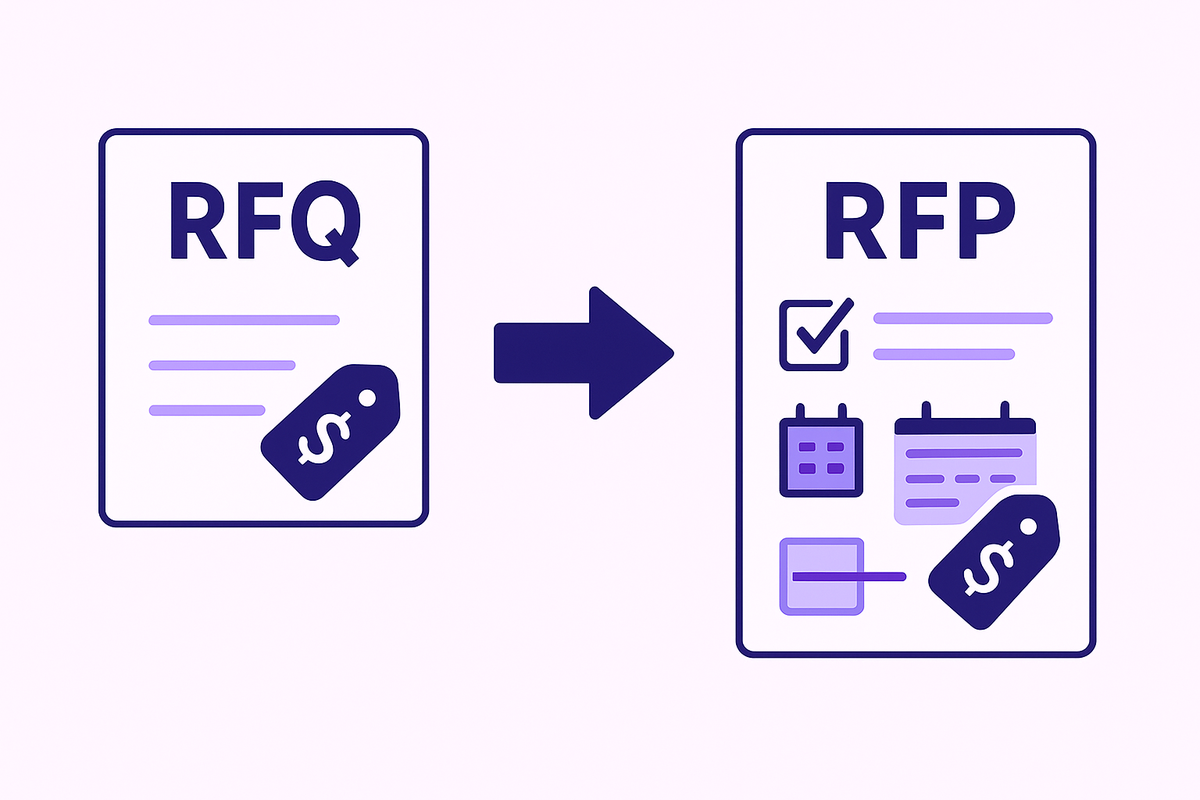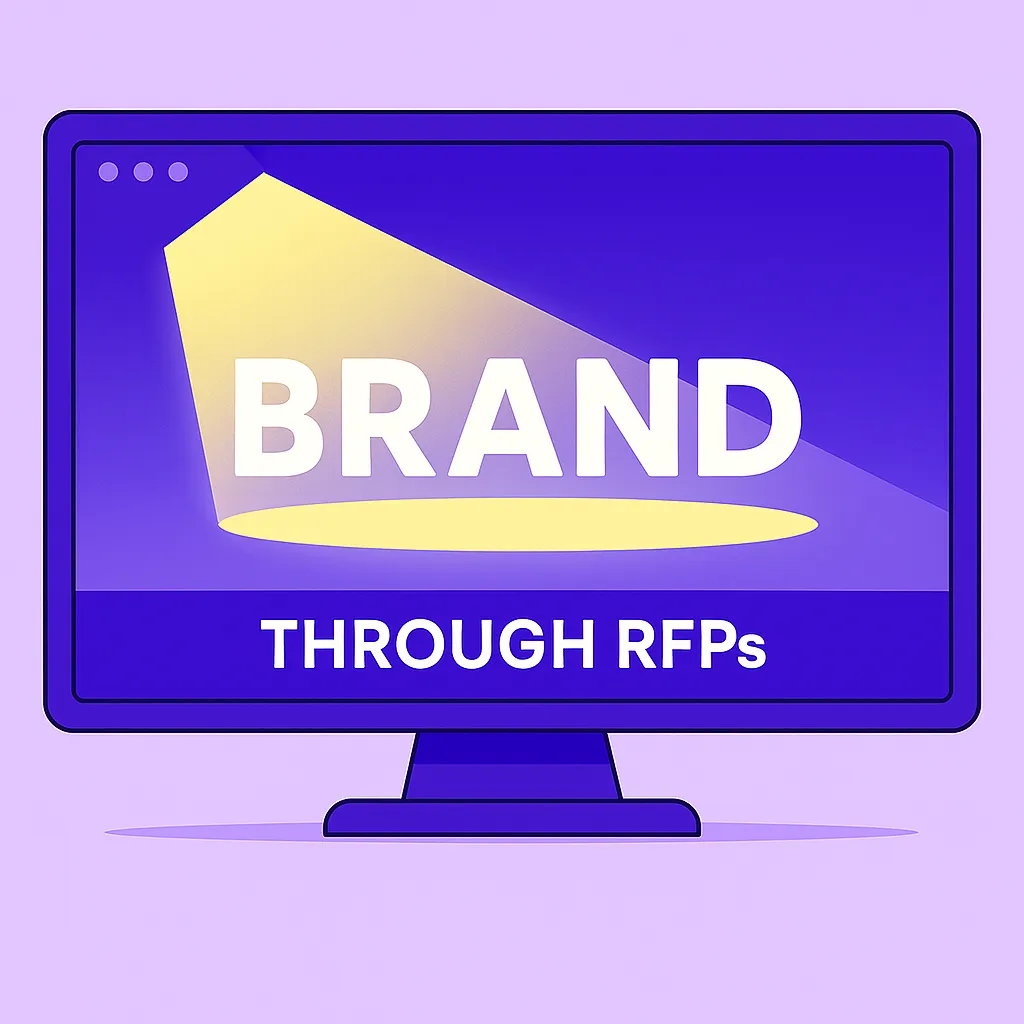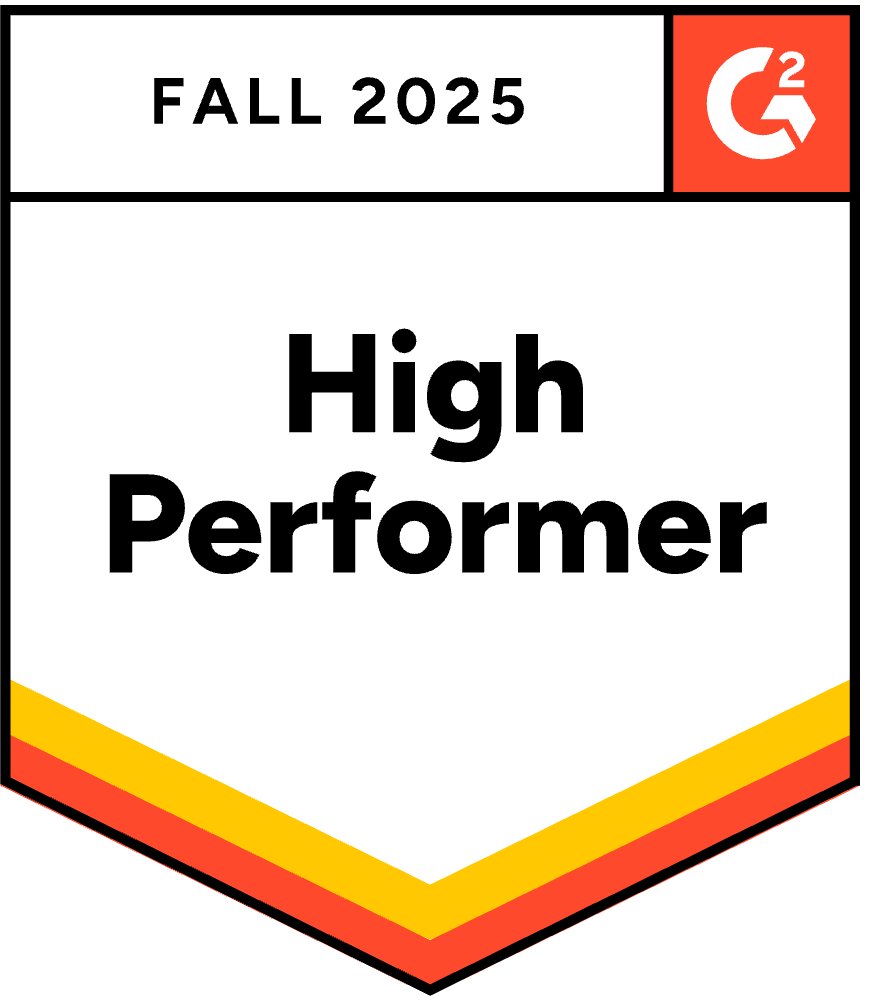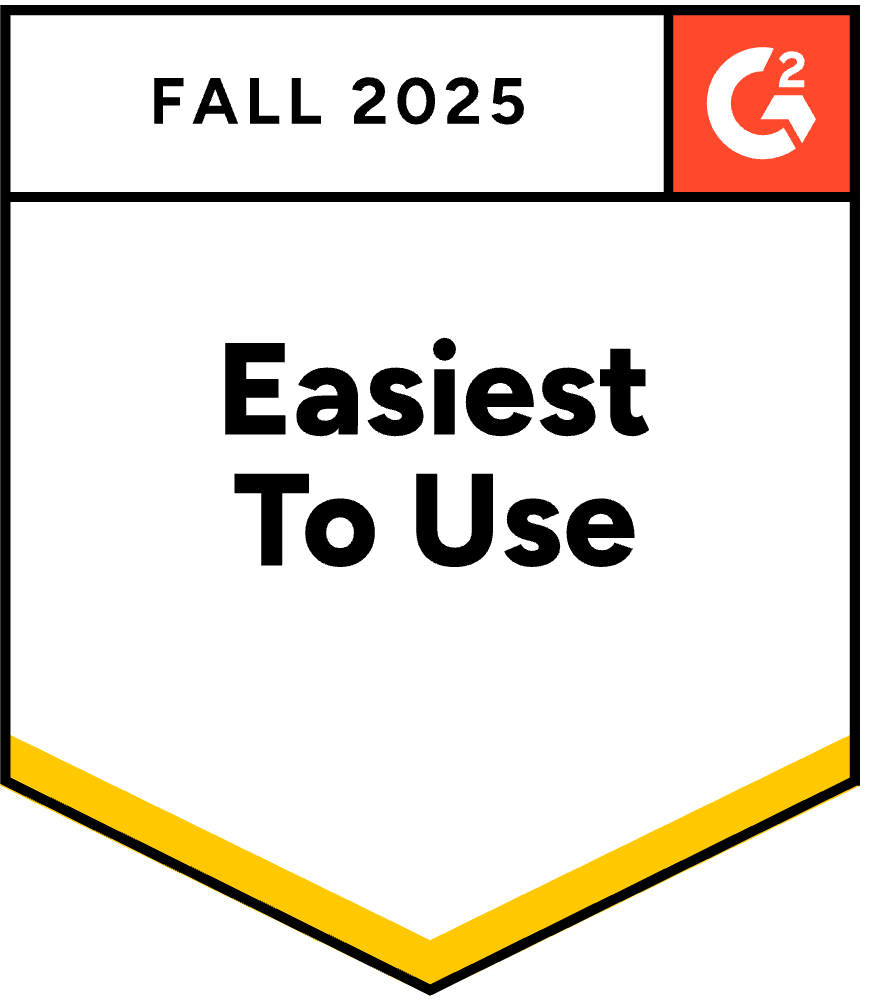What Is Proposal Automation (and Why It Doesn’t Replace the Human Touch)
October 2, 2025
By
Evie Secilmis
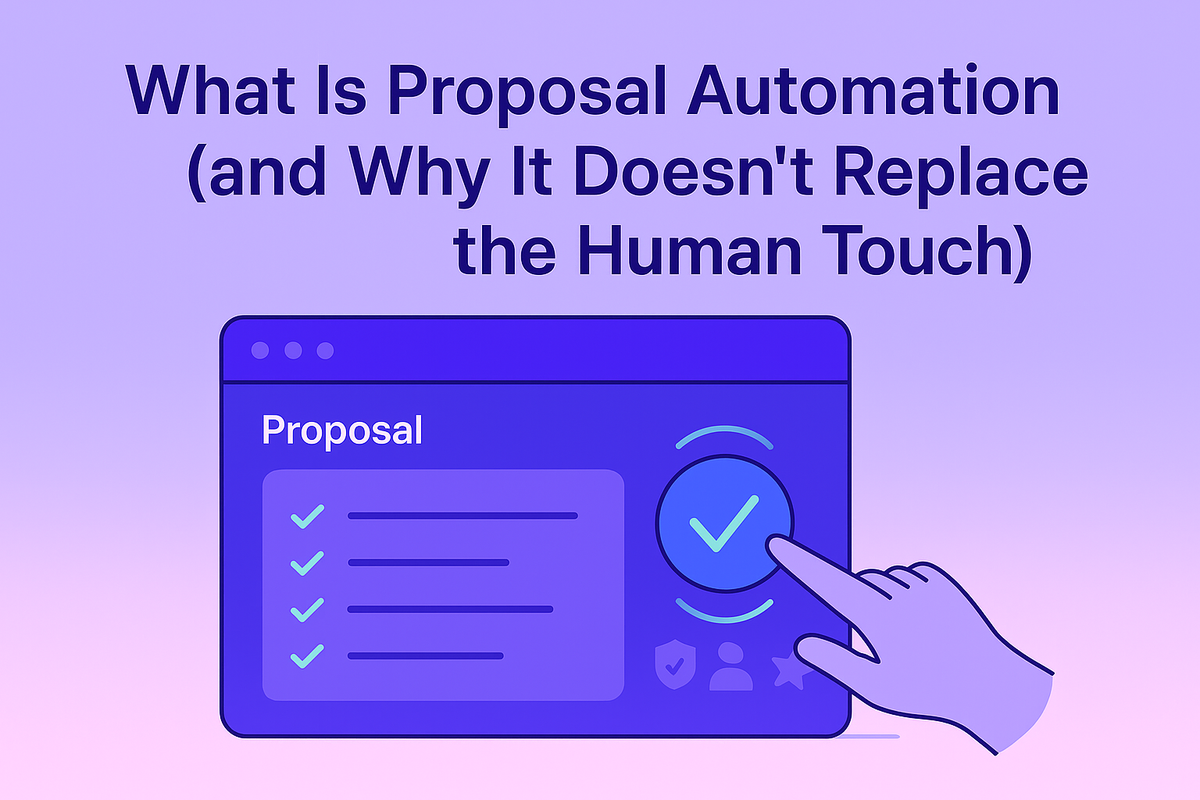
In the world of RFPs, DDQs, and security questionnaires, proposal teams are under more pressure than ever. Tight deadlines, complex requirements, and endless revisions make responding to every opportunity a challenge — even for seasoned professionals.
That’s why many organizations are turning to proposal automation: the use of AI and technology to manage, generate, and streamline responses to proposals.
But here’s the truth — automation doesn’t replace the human touch. It amplifies it.
What Is Proposal Automation?
Proposal automation is the process of using software — often powered by AI — to simplify and accelerate the creation of proposals, RFP responses, and questionnaires.
Instead of starting from scratch each time, teams can automatically pull in approved answers, content blocks, case studies, or pricing data from a centralized knowledge library.
Tools like Iris help teams:
✅ Extract and match questions automatically from documents or portals.
✅ Auto-fill responses using pre-approved content.
✅ Suggest relevant references or case studies.
✅ Maintain version control and audit history.
✅ Track metrics like turnaround time, win rate, and reviewer engagement.
The result: faster, more consistent, and higher-quality proposals — without the manual grind.
Why Automation Doesn’t Eliminate the Human Role
Automation handles the heavy lifting, but it doesn’t replace what only humans can do: strategy, empathy, and storytelling.
Proposal automation makes space for proposal managers, sales engineers, and subject matter experts to focus on the parts that actually drive decisions — the message, not the mechanics.
Here’s how automation and humans complement each other:
What Automation DoesWhat Humans DoExtracts questions and matches them to existing contentRefines tone, context, and persuasionMaintains compliance and formattingTailors language to the client’s goalsTracks progress and metricsBuilds relationships and tells compelling storiesFills in repetitive dataAdds creativity, nuance, and emotion
Automation turns time-consuming busywork into strategic storytelling time.
The Real Value: Consistency Meets Creativity
Proposal automation ensures every response is accurate, compliant, and on-brand — every time.
But consistency doesn’t mean monotony.
When teams spend less time chasing formatting or approvals, they can focus on why they’re the right fit for the client.
That’s the balance that wins RFPs:
- Automation brings speed and structure.
- Humans bring insight and empathy.
Together, they make proposals not just faster — but smarter.
If your team struggles with repetitive content, you’ll appreciate the efficiency metrics we broke down in The Real Cost of Manual Proposal Work.
When to Use Automation (and When Not To)
Use automation for:
- Repetitive sections like company overviews or compliance data.
- Formatting, compliance checks, and version tracking.
- Managing libraries of past responses and reusable content.
Rely on people for:
- Tailoring executive summaries.
- Framing win themes and differentiators.
- Creative storytelling and emotional resonance.
Automation should free people to do the work that machines can’t — crafting responses that connect.
For guidance on combining structure with personalization, revisit your proposal checklist.
How Teams Evolve with Automation
The most successful teams don’t just adopt proposal automation tools — they redesign their workflows around them.
That means:
- Centralizing all content into a single knowledge hub.
- Tagging content by topic, industry, or compliance requirement.
- Using analytics to understand what content wins deals.
- Training teams to prompt and refine AI responses effectively.
If you’re optimizing team alignment or content reuse, the framework from RFP evaluation can guide how to measure what “good” looks like.
Automation becomes a teammate, not a threat — one that gets smarter with every project.
Final Thoughts
Proposal automation isn’t about replacing people; it’s about returning time to the people who matter most — the ones crafting the story behind every response.
In the age of AI, the teams that win won’t be the ones that automate everything.
They’ll be the ones that know what not to automate — and where the human voice should always lead.
Explore how Iris brings together automation and creativity in Streamline Proposal Responses with AI.
Related Articles
Share this post
Link copied!




